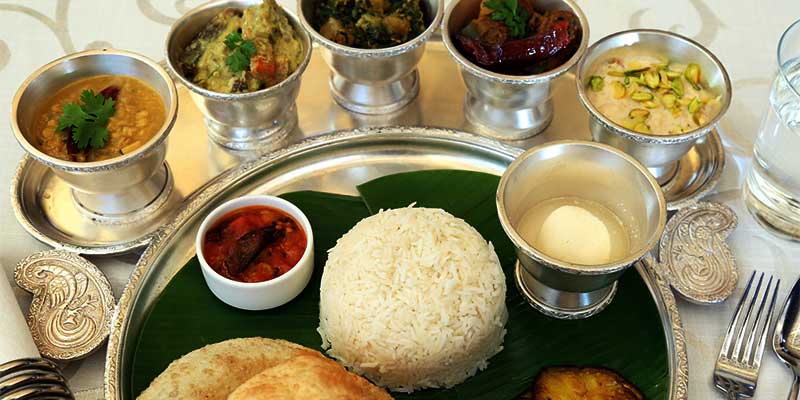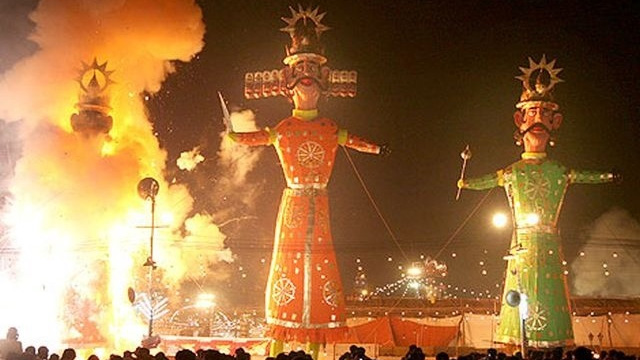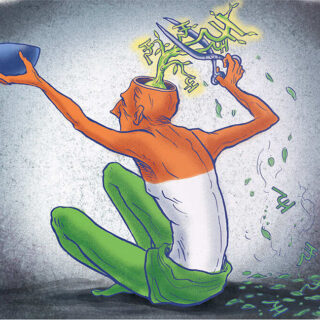Why Bengali food is rare in posh restaurant – Bangladeshi cuisine is losing out its charm. It is not being served in eateries and restaurants like many other Indian cuisines
Ever ordered “Biye Barir Biryani” in a restaurant? No?
Well, it is not surprising though!
Check out the menu of any renowned or even run-of-the-mill restaurant, you will not get to see BENGALI CUISINE written anywhere, like you bump into Gujarati, Rajasthani, North Indian, Chinese or any other, every now and then.
Even people of Kolkata are well acquainted with Chinese, Thai, Indian, Mexican, Japanese and various other foreign cuisines served in their restaurants, but they are yet to coin the term “Bengali Cuisine” and use it on a regular basis.
Why does it feel so peculiar to give a local food a recognizable and distinct label?
Is it because the typical Bangla community has become bored with the food that they grew up with? Or perhaps it’s because we have always viewed Bangla cuisine as a myriad of peasant dishes that looked dismal and cheap besides the glorified international food items.
The Real Story
Well, if a Bengali Babu has to think, who is apparently working out of his own city, he would think of Bangla food as miserable, overcooked and dried out shaak, shobji, bhaat, daal, maach and mangsho prepared in the kitchen by mothers or the the domestic helps every day. The only thing that may get him even remotely excited about his own cuisine is the enchanting and irresistible smell of the “Biye Barir Biryani”. Other than that though, Bengalis, especially those leading urban lives, are slowly getting detached from their culinary roots.
It’s fair to say that most of us aren’t fully aware of the fact that Bengali cuisine is remarkably rich in diversity and equally vibrant with delicacies from all corners of the country.
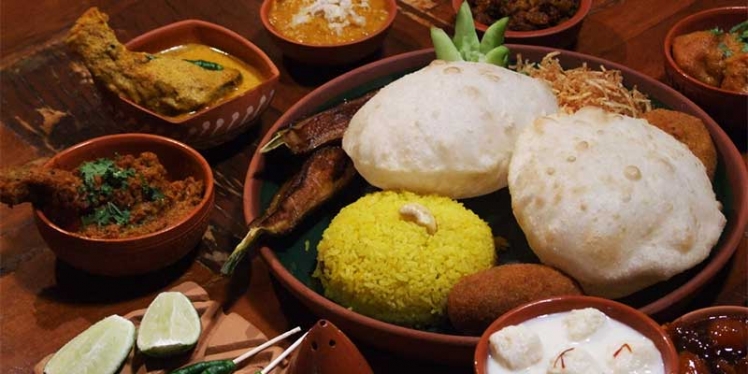
The Last Choice of All
I think West Bengal is one of the few places in the world where it’s not “cool” to have a taste of your local cuisine on certain occasions. For example, even in the city, would anyone ever take their significant other out to a Bengali restaurant for your their first date? No. That would actually be perceived as “embarrassing”. Even when we are hanging out with our friends, Bengali restaurants aren’t exactly our first choice unless we are broke and have nothing but some old 50 bills in our pockets.
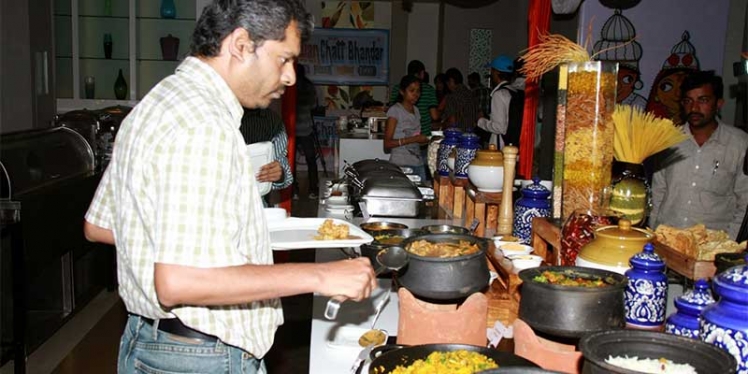
Why is a Bengali Restaurant always A Poor Restaurant?
I do understand that Bengali restaurants don’t usually provide a very convenient ambience for city dwellers. In fact, they are often found to be dirty, unhygienic and crowded. This begs the question, why aren’t restaurant owners investing more in local cuisines? Why can’t a Bengali restaurant be as neat, elegant and appealing as an expensive high end Italian bistro? I believe that the problem lies not with the quality of the food, but rather our perception of it.
Losing out on the Street Food Even
If you take a walk out in the streets of your city, you are likely to come across innumerable food carts selling fast food that bear no resemblance to traditional Bengali dishes. You will find momos, chinese noodles, you may find north Indian Chaat and bidesi burgers and pizzas. As much as I love my burgers, pizzas and momos, I would have really loved to have a taste of modern, reinvented, Bengali fast food in the streets. I mean street food in our country is all about delicious local titbits, so why can’t we have the same with Bengali food?
The food industry in India has seen a massive surge over the last five years. However, Bengali food has not been at the heart of this food frenzy. It’s safe to say that the once cherished Bengali food is now slowly slipping away from the prominence and into oblivion.
Are you listening Bengali Babus?

